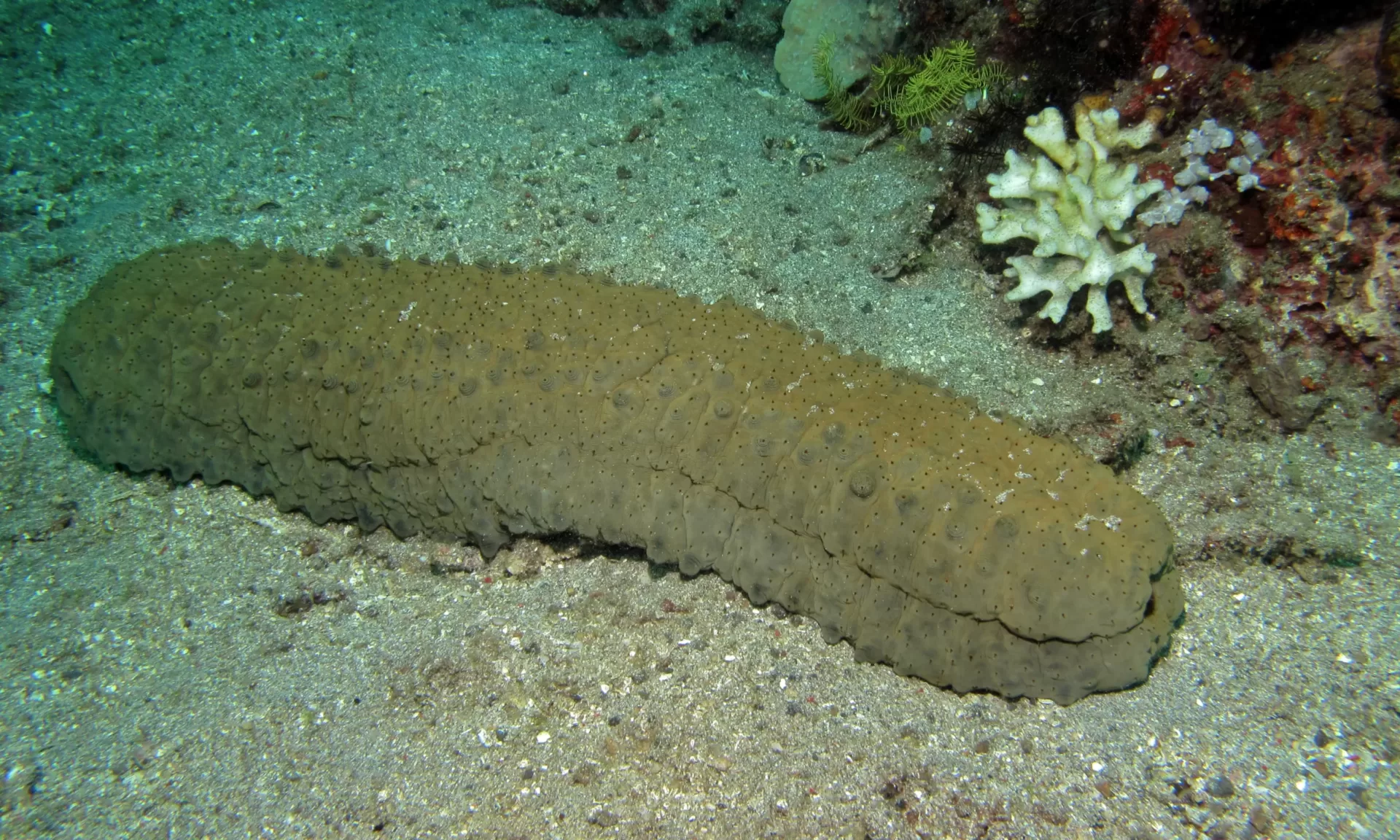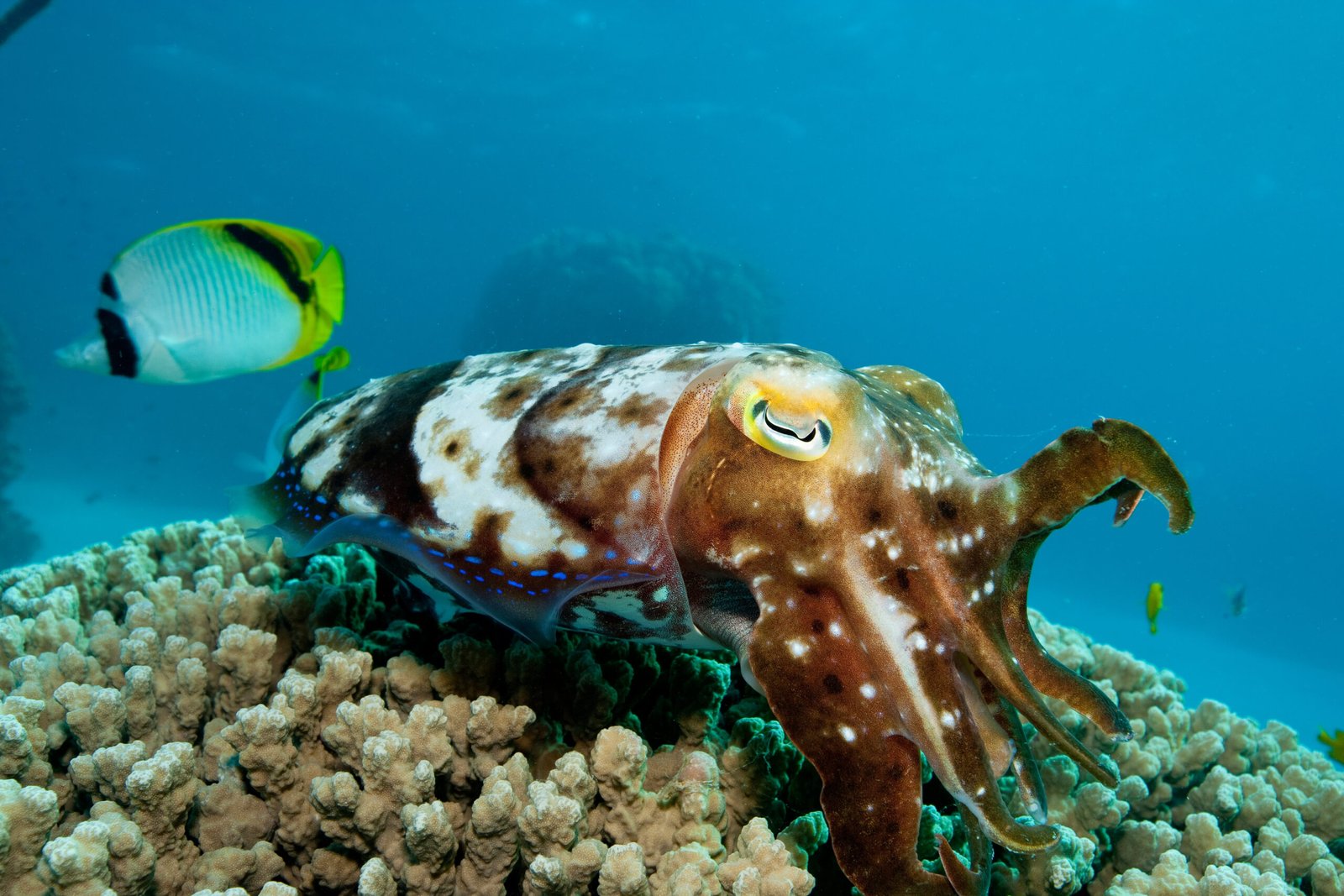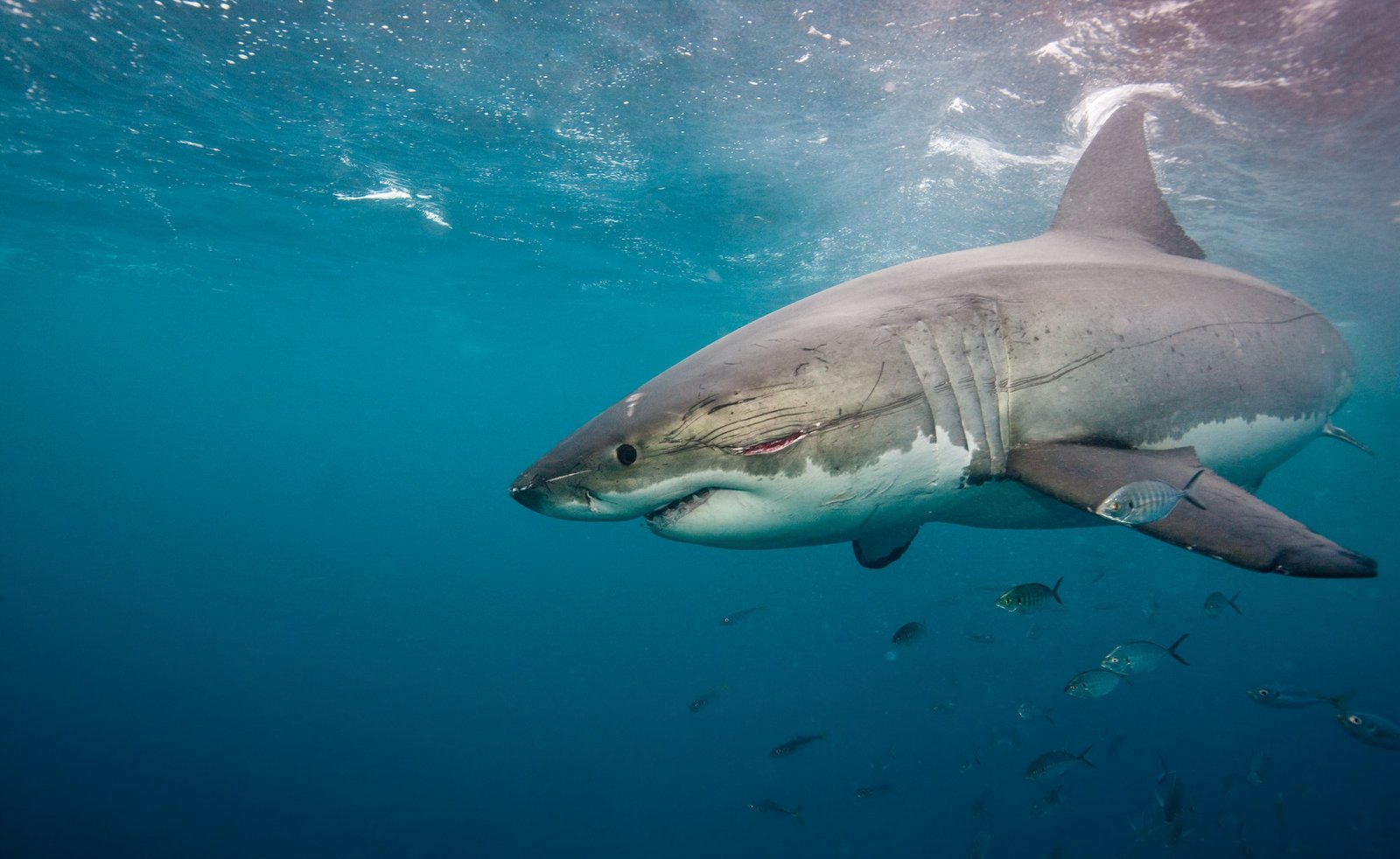Welcome to another incredible journey into the natural world! Today, we’re diving (quite literally!) into the fascinating realm of sea turtles. These ancient mariners have roamed the world’s oceans for millions of years, capturing the hearts and imaginations of travelers and nature lovers alike. But beyond their graceful swimming and endearing faces lies a question that often goes unasked: What sounds do these majestic creatures make? Do they sing like whales or chatter like dolphins? Or are they the silent voyagers of the deep? Grab your snorkels, folks—we’re about to uncover the mysterious auditory world of sea turtles!
Understanding Sea Turtles
Sea turtles are the true wanderers of the marine world, and understanding them is like reading a fascinating travel diary of the ocean. There are seven species of sea turtles, each with its own unique itinerary: the Leatherback, Green, Loggerhead, Hawksbill, Kemp’s Ridley, Olive Ridley, and the Australian Flatback. These species span the globe, from the balmy tropical beaches of the Caribbean to the chilly waters of the Atlantic.
Their habitats are as diverse as their personalities. Some, like the Leatherback, are deep-diving nomads, traveling thousands of miles and diving as deep as 1,200 meters in search of their favorite jellyfish snacks. Others, like the Green sea turtle, are more the laid-back beach types, grazing on seagrass in shallow lagoons.
But it’s not just their travel itinerary that makes sea turtles essential characters in our ocean’s narrative. They play a crucial role in marine ecosystems. The Green sea turtle, for instance, helps maintain healthy seagrass beds, which are vital breeding grounds for many marine species. And let’s not forget the beaches: by laying their eggs in the sand, sea turtles help keep our sandy shores nutrient-rich.
As we journey through their world, we realize that sea turtles are not just travelers but caretakers of the ocean’s health and beauty—a reminder of why we must protect these ancient, nomadic storytellers of the sea.
The Silent World of Sea Turtles
In the tranquil underwater world, sea turtles are often thought of as the silent nomads, gracefully gliding without a word. This belief stems from the fact that they’re not as vocal as some of their marine neighbors. Unlike the chatty dolphins or the singing whales, sea turtles have been perceived as the strong, silent types of the sea. But is this really the case?
The truth is, sea turtles’ approach to sound production is quite different. They lack vocal cords, so they don’t produce sounds in the same way many other marine animals do. Instead, their communication and interaction often rely on other senses. This distinct trait sets them apart in the marine soundscape, adding to their mysterious allure. As we delve deeper, we find that their silence in the traditional sense tells a story of adaptation and survival in the vast ocean.
Sounds of the Sea Turtle
But hold on, our silent sea wanderers do have a story to tell, even if it’s not through songs or calls. Recent studies have revealed that sea turtles are not entirely mute. They do make sounds, albeit in a much more subtle manner than their marine counterparts. These sounds are often overlooked but are crucial in their world.
In the underwater realm, adult sea turtles are mostly quiet, but they do make occasional noises. These sounds are typically low-frequency and can be described as ‘bursts’ or ‘clucks,’ especially during activities like feeding. The real chatter, however, happens on land, particularly during the nesting process. Female turtles have been observed making hissing and grunting noises while laying eggs. These sounds are thought to be related to the effort of digging and laying, rather than communication.
But it’s the baby turtles that are the real surprise. Hatchlings communicate with each other while still in the eggs and right before hatching. This synchronization is believed to help them emerge together, increasing their chances of survival as they scamper to the sea. This discovery sheds new light on our understanding of these marvelous creatures, revealing that their world is not as silent as we once thought, but filled with subtle, yet significant, sounds of survival.
Communication and Interaction
When it comes to social interactions, sea turtles might not be the party animals of the sea, but they do have their unique ways of communicating. These creatures, often perceived as solitary travelers, have a subtle yet fascinating method of interaction, particularly during the critical moments of their life cycle.
For sea turtle hatchlings, communication begins before they even see the world. Inside their eggs buried in the sand, they start to make soft noises. This communication is crucial as it helps synchronize their hatching. Imagine it as a secret signal, a collective “ready, set, go!” that ensures they emerge from the nest together, increasing their chances of survival as they make the perilous journey to the sea.
The mother turtles, while not directly communicating with their hatchlings, play a vital role during nesting. Their choice of nesting site and the creation of the nest itself is a non-verbal communication of sorts, setting the stage for the next generation. The sounds they make during nesting, though not fully understood, add an intriguing layer to their interaction with the environment and possibly with their young.
Human Impact on Sea Turtle Communication
In the serene world of sea turtles, the intrusion of human activities, particularly noise pollution, has become a growing concern. The oceans are no longer just the domain of marine life; they’re crisscrossed by ships, underlined by the hum of underwater construction, and disturbed by coastal activities. This noise pollution can have a profound impact on sea turtles, affecting their behavior, navigation, and even their survival.
For creatures that rely on subtle sounds and vibrations in their environment, the cacophony of human-made noise can be disorienting. It can interfere with the hatchlings’ ability to find the sea after emerging from their nests or disrupt the females’ nesting process. There’s also a concern that noise pollution might mask the subtle sounds sea turtles do make, hindering their limited yet crucial communication.
Recognizing these challenges, conservationists and researchers are working tirelessly to protect these gentle giants. Efforts include establishing marine protected areas, regulating shipping lanes, and implementing quieter boat technologies. Beyond these, raising awareness about the impact of noise pollution and promoting responsible coastal activities are key. By understanding and mitigating our impact on their world, we can help ensure that the serene yet subtle soundscape of the sea turtles remains as undisturbed as possible, allowing them to continue their ancient dance of survival and communication.
Frequently Asked Questions
Q: Do sea turtles make any sounds?
A: Yes, sea turtles do make sounds, though they are much subtler than other marine animals. Adult turtles make low-frequency noises, especially during feeding, while females might grunt or hiss during nesting. Hatchlings communicate inside their eggs to synchronize hatching.
Q: Can sea turtles hear?
A: Sea turtles have limited hearing capabilities. They can perceive low-frequency sounds and vibrations, which are crucial for their survival and navigation in the ocean.
Q: Why is it important to understand sea turtle sounds?
A: Understanding their sounds helps us better comprehend their behavior and needs, crucial for effective conservation efforts, especially in the face of challenges like noise pollution.
Conclusion
In our journey through the world of sea turtles, we’ve discovered that their sounds, though not as loud or melodious as some marine creatures, play a vital role in their life cycle. From the synchronized chirping of hatchlings to the subtle noises of adults, each sound is a piece of the puzzle in understanding these magnificent creatures. As we continue to explore and appreciate the wonders of marine life, let’s remember the impact we have on these gentle giants. Supporting sea turtle conservation efforts, being mindful of ocean noise pollution, and advocating for protected marine habitats are ways we can ensure the survival of sea turtles. Together, let’s keep the oceans a safe and serene home for these ancient mariners, where their subtle sounds can continue to be heard for generations to come.




